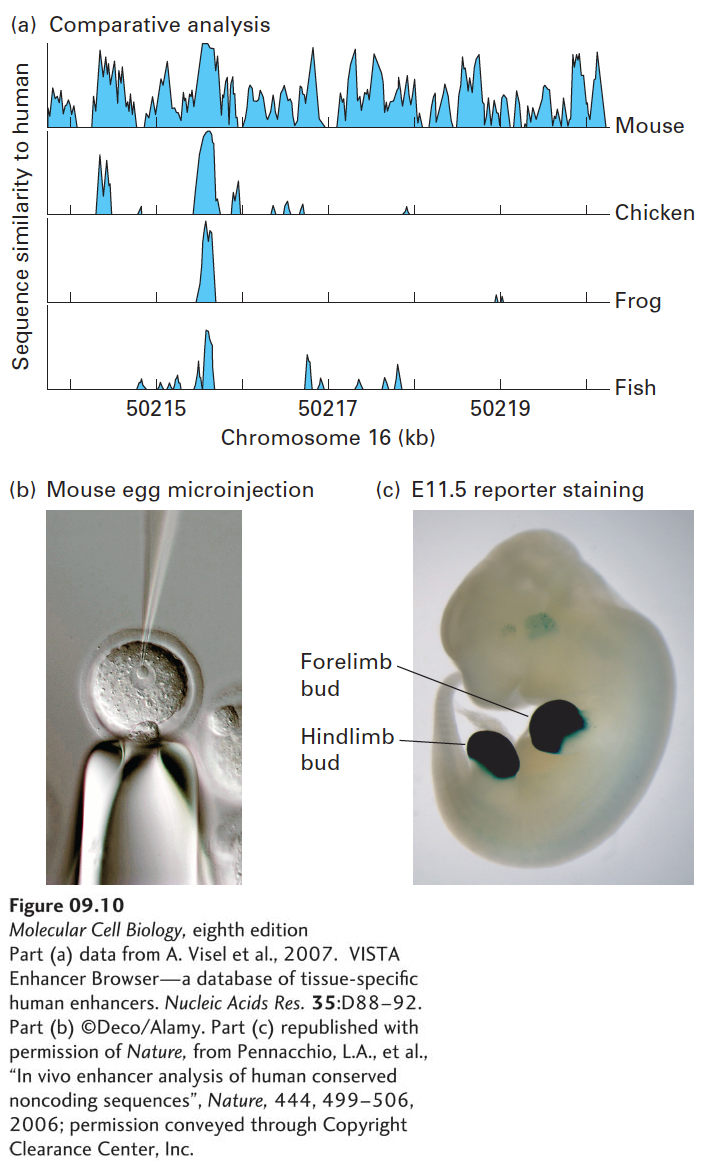
FIGURE 9- c- n- r- e- 5- X-
[Part (a) data from A. Visel et al., 2007. VISTA Enhancer Browser— e- 8– n- 9–